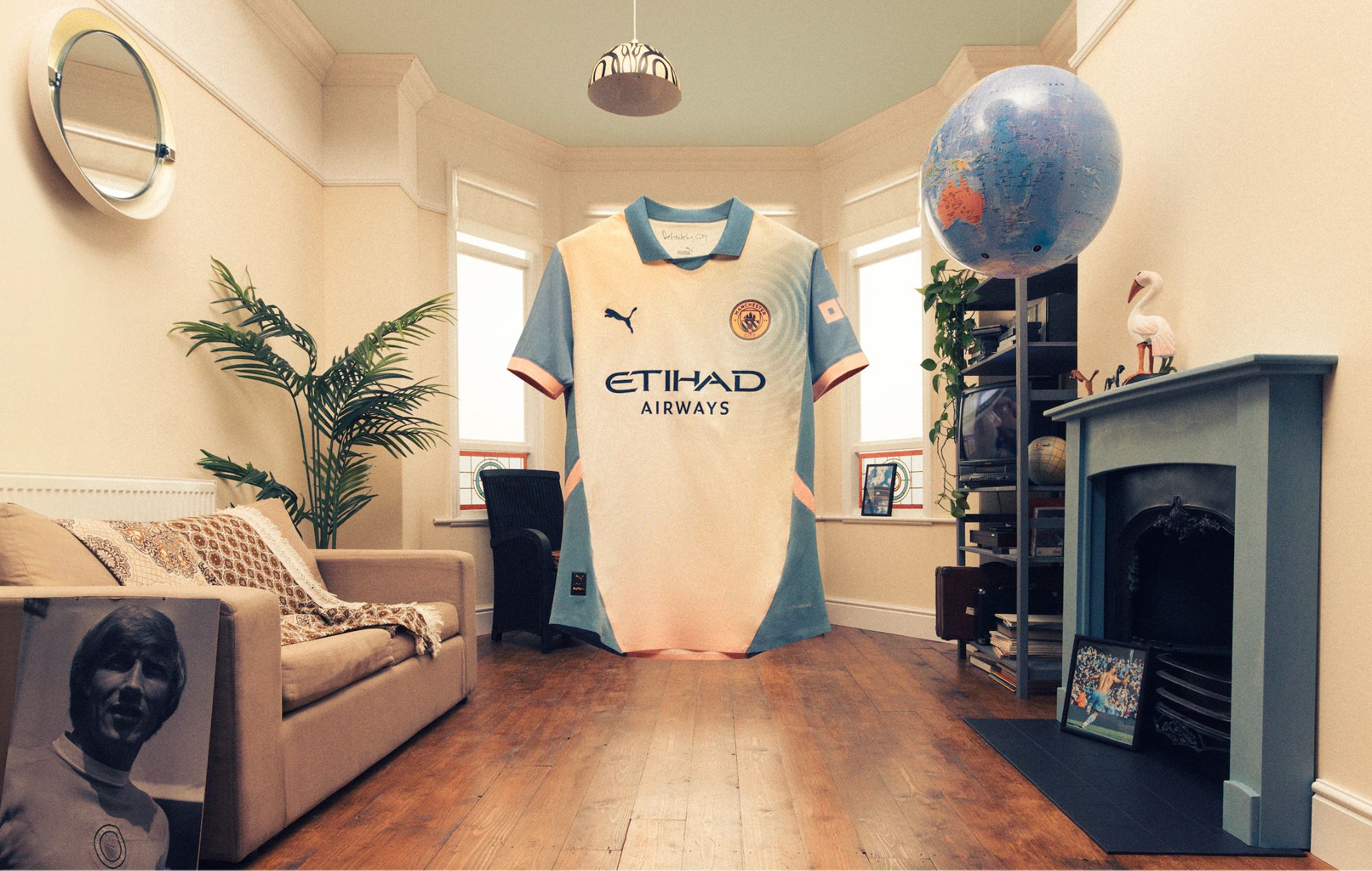Music has long been a powerful cultural force, inspiring fans to express their admiration in a variety of ways. One of the most popular expressions of this devotion is through music merchandise, which has evolved from simple band t-shirts to an entire industry of collectible items.
The legacy of iconic music merchandise is deeply rooted in the history of popular music and fan culture, and its influence continues to grow, as highlighted in the following article.
The Birth of Music Merchandise
The origins of music merchandise can be traced back to the 1960s, when bands such as The Beatles and The Rolling Stones began to capitalize on their immense popularity. Fans were eager to connect with their favorite artists, and wearing a band’s t-shirt or displaying a poster became a way to show allegiance. These early forms of music merchandise set the stage for what would become a global trend. Fans often express their loyalty by wearing music band shirts, which have become a staple in wardrobes and a visual representation of their passion for the artists they admire.
Merchandise wasn’t just about selling products—it was about creating a visual representation of music culture. Over time, merchandise has grown to include everything from hats and hoodies to limited edition vinyl records and action figures, all serving as symbols of fan loyalty.
A Symbol of Identity and Belonging
For fans, music merchandise is more than just memorabilia; it’s a way to align with a particular lifestyle or community. Wearing a shirt with a favorite band’s logo is not only a fashion statement but also a way to signal shared interests with other fans. Whether it’s a vintage Metallica t-shirt or a Nirvana hoodie, music merchandise fosters a sense of belonging.
Over the decades, band merchandise has become a staple in the wardrobes of fans across generations. For many, these items serve as reminders of concert experiences, important life moments, or a connection to their favorite artists. Music merchandise creates an emotional bond between the artist and the fan that transcends the music itself.
The Rise of Exclusive and Limited Edition Items
In recent years, the concept of exclusive and limited-edition music merchandise has gained momentum. Collectors and superfans often seek out rare or one-of-a-kind items, such as autographed albums, exclusive tour posters, or special collaborations with fashion brands. Limited edition merchandise appeals to both fans who want a unique piece of memorabilia and collectors looking for items that appreciate in value.
Artists and bands have embraced this trend, partnering with fashion designers and streetwear brands to release exclusive collections. These collaborations often sell out within minutes, further cementing music merchandise as a coveted cultural artifact.
Music Merchandise and the Digital Age
The digital revolution has transformed how fans engage with music and artists, and it has had a profound impact on the world of merchandise as well. Online stores, social media platforms, and e-commerce sites have made it easier than ever for fans to purchase items from anywhere in the world. Artists are now able to offer personalized merchandise, such as virtual concert tickets paired with exclusive merchandise bundles, further enhancing the fan experience.
Virtual merchandise, such as NFTs (non-fungible tokens), is also beginning to make its mark on the industry. These digital items allow fans to own a piece of music history in a new, innovative way, blending technology with traditional memorabilia.
Conclusion
From humble beginnings to a multi-billion-dollar industry, music merchandise has become a crucial part of the music world. It symbolizes the deep connection between artists and their fans, offering a tangible way to celebrate and support the music that has shaped lives. As technology evolves, the future of music merchandise will continue to innovate, offering fans even more ways to express their devotion.




